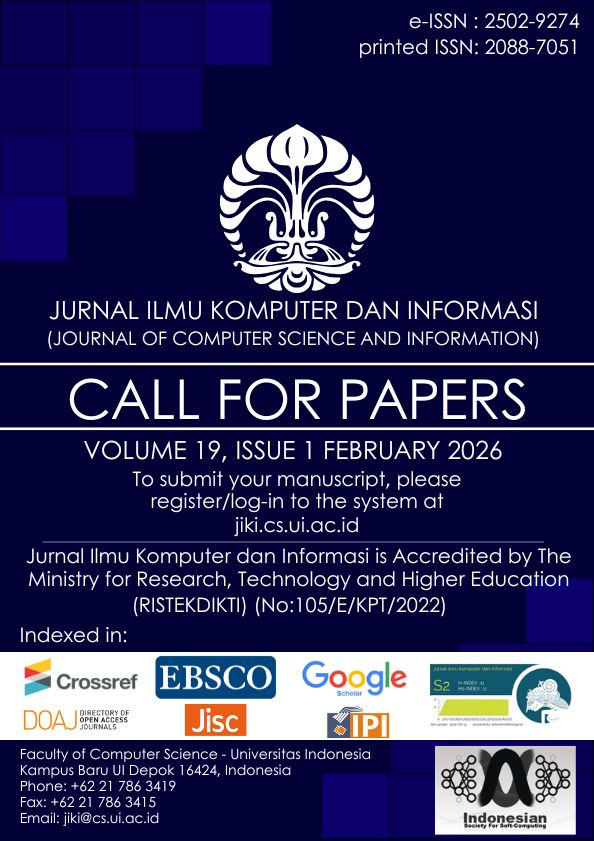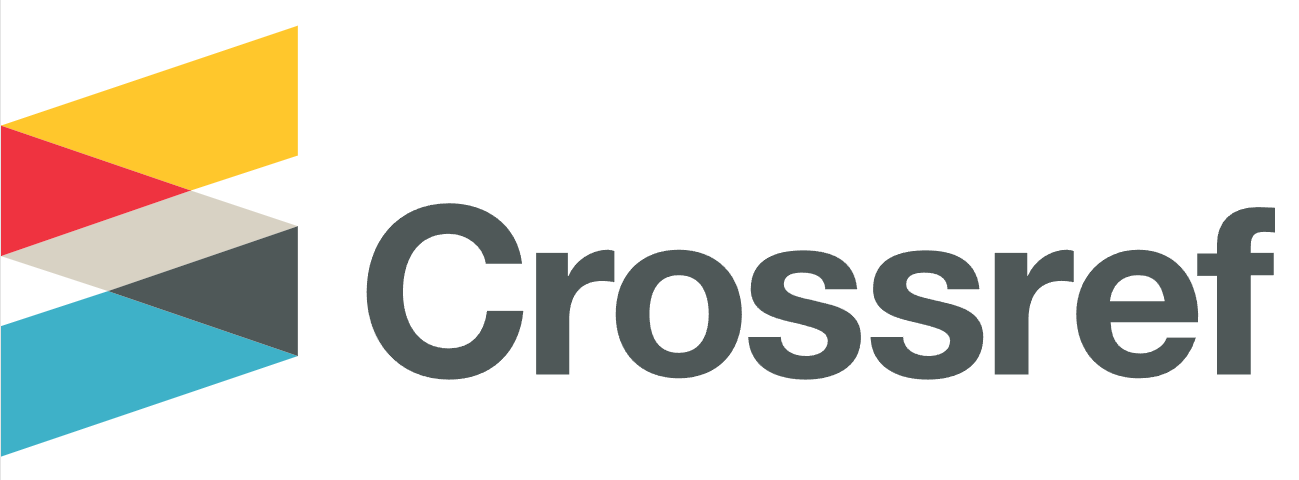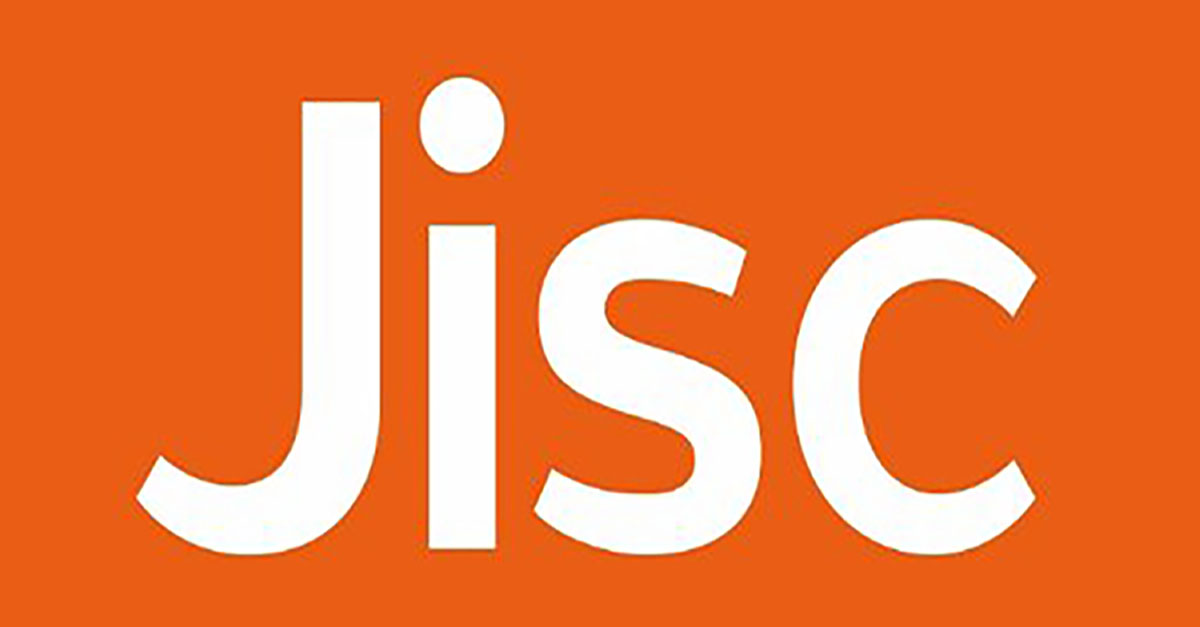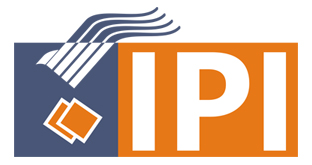Comparative Evaluation of Database Systems for High-Volume Seismic Prediction Data Management in Real-Time Applications
DOI:
https://doi.org/10.21609/jiki.v18i2.1539Abstract
The Earthquake Early Warning System (EEWS) plays a pivotal role in mitigating structural damage and minimizing casualties by issuing alerts prior to the arrival of destructive seismic waves (S-waves), through the detection of the earlier and faster P-waves. The operational effectiveness of EEWS depends not only on the accuracy of its predictive algorithms but also on the efficiency of the underlying data storage and management infrastructure. This study presents a comparative evaluation of three data storage approaches i.e. MongoDB, MongoDB with sharding, and InfluxDB, as well as the MiniSEED (mseed) binary format, with a focus on their performance in managing real-time seismic prediction data. Benchmarking was conducted based on two key metrics: Input/Output Operations Per Second (IOPS) and data throughput. The results indicate that both MongoDB and InfluxDB offer strong performance in high-ingestion scenarios, with MongoDB demonstrating higher IOPS, while InfluxDB exhibits better scalability and consistency as data volume increases. Conversely, the mseed format achieves exceptionally high throughput due to its flat-file structure but lacks the responsiveness and query capabilities required for real-time analytics. These findings suggest that MongoDB and InfluxDB are well-suited for integration into scalable EEWS infrastructures, offering a balance between performance and flexibility. Future work will extend this evaluation to larger-scale datasets and alternative architectures such as data lake systems to improve disaster response readiness.
Downloads
Published
How to Cite
Issue
Section
License
Authors who publish with this journal agree to the following terms:
- Authors retain copyright and grant the journal right of first publication with the work simultaneously licensed under a Creative Commons Attribution License that allows others to share the work with an acknowledgement of the work's authorship and initial publication in this journal.
- Authors are able to enter into separate, additional contractual arrangements for the non-exclusive distribution of the journal's published version of the work (e.g., post it to an institutional repository or publish it in a book), with an acknowledgement of its initial publication in this journal.
- Authors are permitted and encouraged to post their work online (e.g., in institutional repositories or on their website) prior to and during the submission process, as it can lead to productive exchanges, as well as earlier and greater citation of published work (See The Effect of Open Access).










